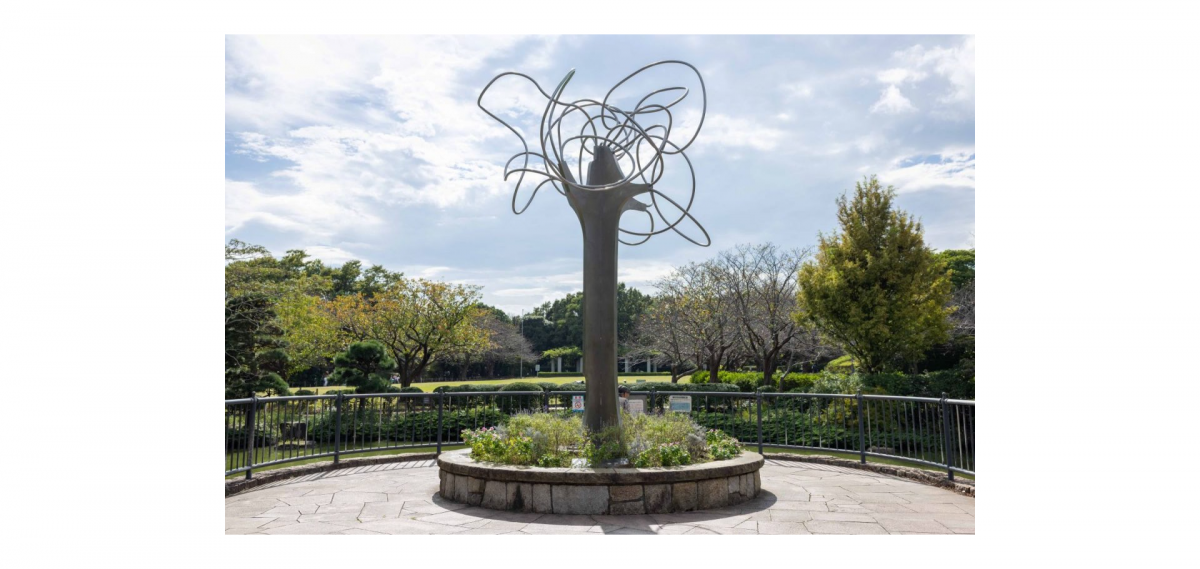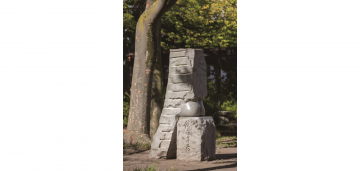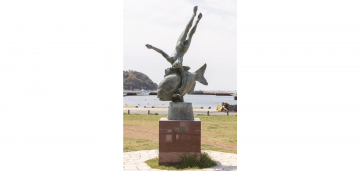
Fujisawa City opened the Fujisawa Ukiyo-e Museum, a facility where local materials such as ukiyo-e of Fujisawa-shuku on the Tokaido and Enoshima can be viewed, with the aim of fostering an attachment to the local area among its citizens and contributing to the improvement of the city's culture. Fujisawa City's collection of ukiyo-e and other materials was centered on Enoshima ukiyo-e, which was donated by former Nihon University president Wu Wen-ping in 1980 (Showa 55) to commemorate the 40th anniversary of the city's incorporation. Since then, as part of its local materials, it has been collecting ukiyo-e and related materials themed on Fujisawa-shuku and Enoshima.
Ukiyo-e are paintings that depict people's lives and social conditions, and developed as a part of the culture of the common people during the Edo period. Furthermore, at the end of the 19th century, they had a major influence on European painters such as Van Gogh, and are now art pieces that attract attention from all over the world. During the Edo period, Fujisawa was the location of Fujisawa-shuku on the Tokaido road, the head temple of the Jishu sect, Seijoko-ji Temple (Yugyo-ji Temple), and the entrance to the pilgrimage route to Enoshima and Mt. Oyama (Afuriyama), which were places of faith and pleasure, and where many ukiyo-e based on famous places and legends were painted.
Fujisawa Ukiyo-e Museum will continue to strive to be a facility that conveys local culture and allows everyone to become familiar with it, and is an enjoyable place to visit. We sincerely look forward to your visit.


